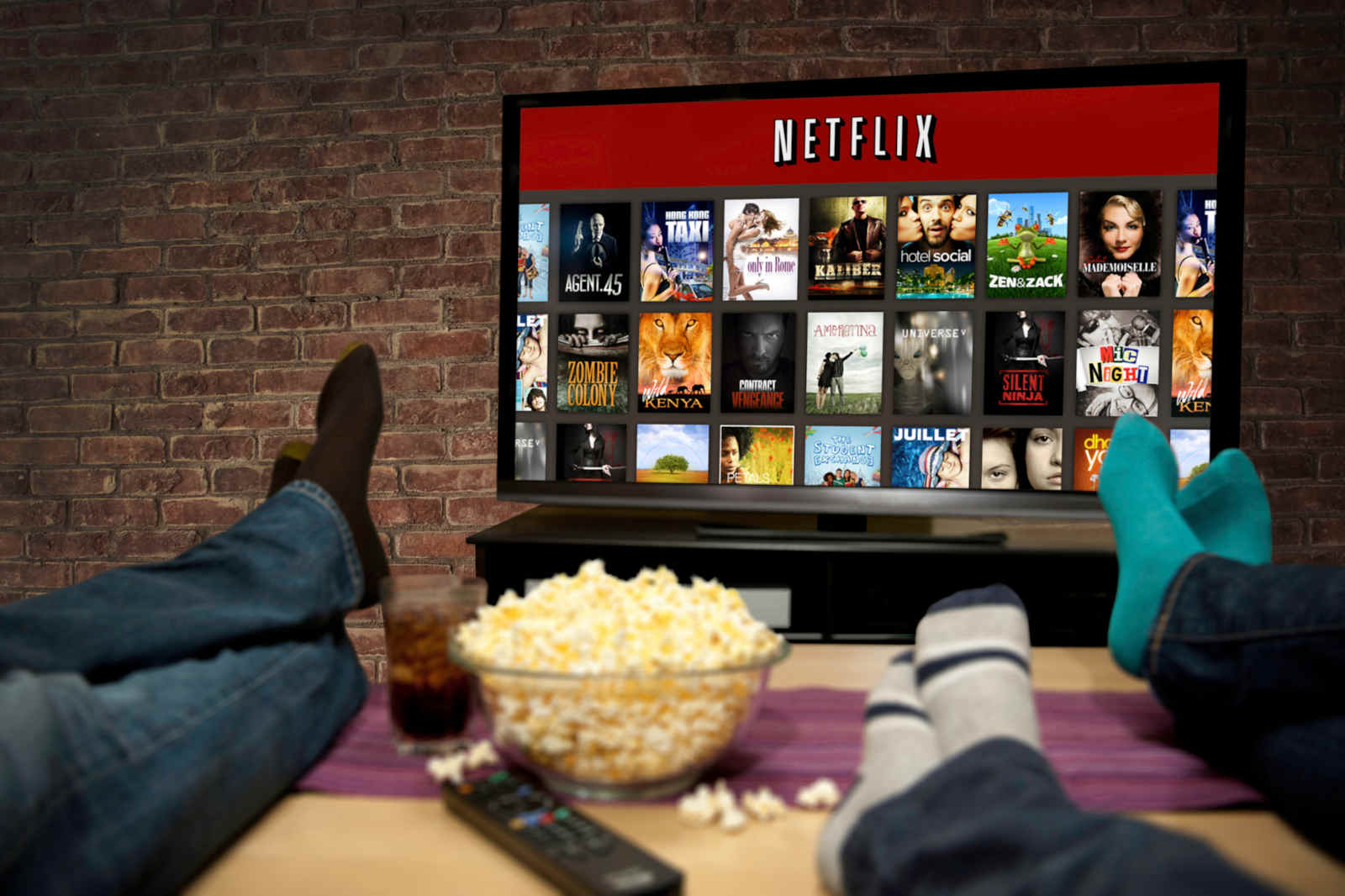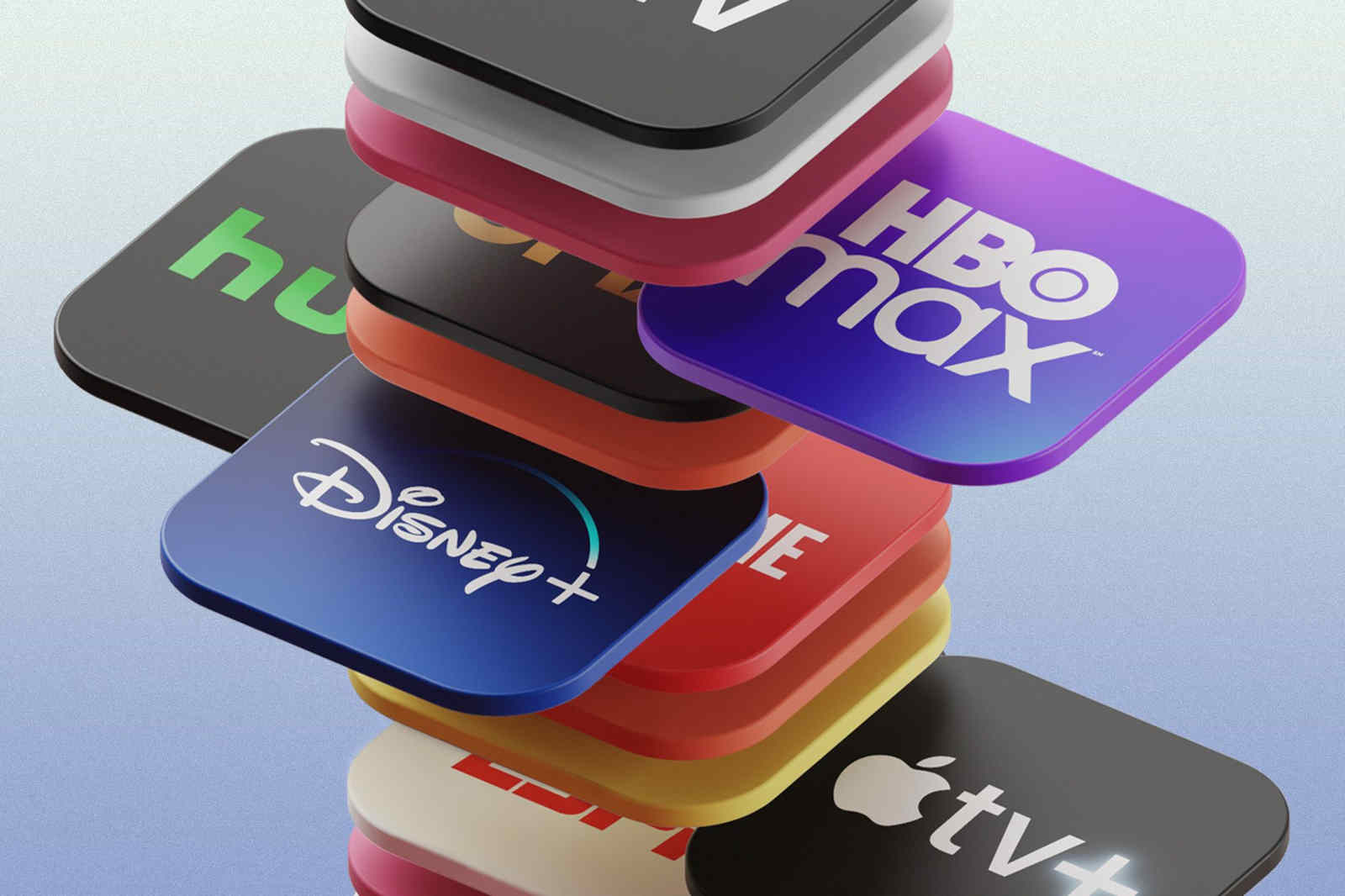
From DVDs to Netflix… so What’s Next?
The non-stop train of innovation, including easy access to a high-speed Internet connection, Streaming Video On-demand SVOD) services Netflix Mod APK, and many available playback screens have transformed the way we consume media.
The streaming industry came to disrupt the DVD industry entirely. It smashed the DVD and Bluray industry, from manufacturers to rental companies, including the long-time favorite Blockbuster.
The new kid on the DVD block, Netflix, found a way to innovate differently within the long-established industry. Netflix was founded in 1998 with the idea of shipping DVDs to their customers by mail. An idea that gave them a good headstart.

Fast a couple of years, in 2010, Netflix grew to 20 million subscribers. But online media streaming was already on the radar, especially for heavy Internet users and within the music industry. Players like Napster were the early innovators in this industry.
In 2007, Netflix launched its popular Streaming Video On Demand service as a side business. Eight years later, in 2015, their DVD service dropped to 5.3 million, while their streaming subscribers number grew substantially to 65 million global subscribers. Despite streaming taking over DVD, Netflix still refined its DVD businesses.
Today (10 years later), the old Netflix DVD Library is a lost treasure that only takes up the server’s rack space. Netflix still operates the DVD-by-mail rental service for those few true fans, but nothing will ever compare to the unprecedented growth that streaming gave to Netflix.

Now in 2021, the company has 209.18 million subscribers. Indeed, Netflix’s world domination of media for ten years took the lives of some old-time favorites, like Blockbuster. As of Nov 2021, Netflix is developing a comedy series about Blockbuster video stores.

The Onset of the Streaming Wars
According to Statista’s market research, the number of users for Video-on-Demand services is expected to grow to 2,226.1 million users by 2025. The reason is simple; users love to conveniently consume the tremendous and varied content these services provide.
But obviously, every streaming service provider or anyone along the supply chain wants a piece of this pie. And today, Netflix is not alone.
The new term “streaming wars” refers to the new competition era between streaming services champions, including Netflix, Amazon Prime Video, Hulu, HBO Max, Disney+, Facebook Watch, Youtube Premium, and Apple TV+. Such fierce competition leaves these streaming champions no other way than to innovate into their new blue oceans.

Ultimately, it becomes exceptionally challenging for a single (monopolistic) streaming provider to hold a massive amount of licensed titles. So virtually every existing (and newcomer) service provider will need exclusive content.
For instance, Netflix no longer only streams movies, now they are also producing their original content. Netflix wants to access untapped markets, but they most likely also want to secure their audience (a piece of the pie). And undoubtedly, they have seen a lot of acceptance and success for their new content.
To either replicate their success or take a slice of the opportunity, now we are seeing film studios, traditional news, sports TV, and even network operators (AT&T Direct TV) take a similar approach. Now, such companies will create their media libraries, as Disney +, Apple TV, and HBO Max already do.

They are simply producing their libraries and offering memberships and monthly subscriptions. For instance, HBO secures its audience with Game of Thrones or Netflix with Stranger Things. Such streaming war is beginning to fragment the SVOD world, which begins to look like the old segregated Cable TV.

So, what’s next? What will stop the streaming war?
Old-time favorite studios like Disney, WarnerMedia, and MGM (which is Amazon’s target for acquisition) quickly gained popularity for their streaming services. They will likely soon sit at the same table as Netflix and Amazon Prime.
However, the results of the streaming war will likely create fragmentation within the streaming industry. Not only are paying subscribers and viewers limited to the type of content based on their geography but now their content will be fragmented even more due to the new competitors in the space.
Streaming services will soon push the viewer into a corner with fewer and limited options, which goes against the initial value proposition from the world of streaming. Now, viewers will get recommendations from a single specific library, forgetting that there is a whole world of media out there.

Viewers will not like having to subscribe to multiple streaming services; this will take up more of their mental space and make their wallets thinner. But as a quote from Henry Rollins suggests: “Don’t push me, I’ve got a corner at my back, I’ve nowhere to go except over you,” viewers will find their way.
When global movies or TV shows are removed from certain niches or geographies or are only played in a specific streaming service, viewers will take the “my way or the highway” approach.
Today, viewers are not only using evading technology like VPNs and proxies to solve these limitations but there has also been a noticeable comeback in BitTorrent. This increase in BitTorrent traffic, especially in Europe, the Middle East, and Africa, is taking 32% of all upstream traffic, and this is likely due to the streaming fragmentation.

A promising feature for other media services and smaller streaming services.
The effort of such big streaming companies to beat the streaming war will segregate content to the point users will have to find other means. Ultimately, users need personalized viewing experiences, not some AI-based recommendation engine telling them what to see within the constraints of a limited media library.
Niche fandoms are essential for competing in the streaming wars, and this strategy will likely give those smaller audiences looking for personalized experiences what they need. To have a personalized experience (without the so-called forced recommendations) but still enjoy the fruits of online SVOD services, end-users will likely embrace the best of both worlds.
We will probably see the rise in hybrid media service providers such as Plex, Kodi, or Jellyfin. These services provide access to your media stored at home or in the cloud while still offering SVOD services. Platforms like these will likely help integrate on-premise media and online streaming from multiple providers.

As a way to avoid fragmented streaming, end-users are opting for torrenting. Torrenting technology is another alternative way to consume media that has shown some resurrecting signs.
Now, torrents also come with built-in streaming, more extensive torrent tracker libraries, cloud-based seedbox servers made for torrenting and streaming, and even crypto-currency incentives to improve sharing.

Author.
Meet Diego Asturias, the geek, and passionate technology writer. As a kid, Diego discovered his curiosity in technology by breaking his parent’s cassette radios, going on to experiment in the areas of electronics, cybersecurity, and wireless hardware.
Diego has worked as an engineer, researcher, and journalist, traveling the globe to research wireless sensor networks in South Korea and aid in the installation of an African country’s first LTE mobile network. For more about Diego, go to Rapidseedbox.



